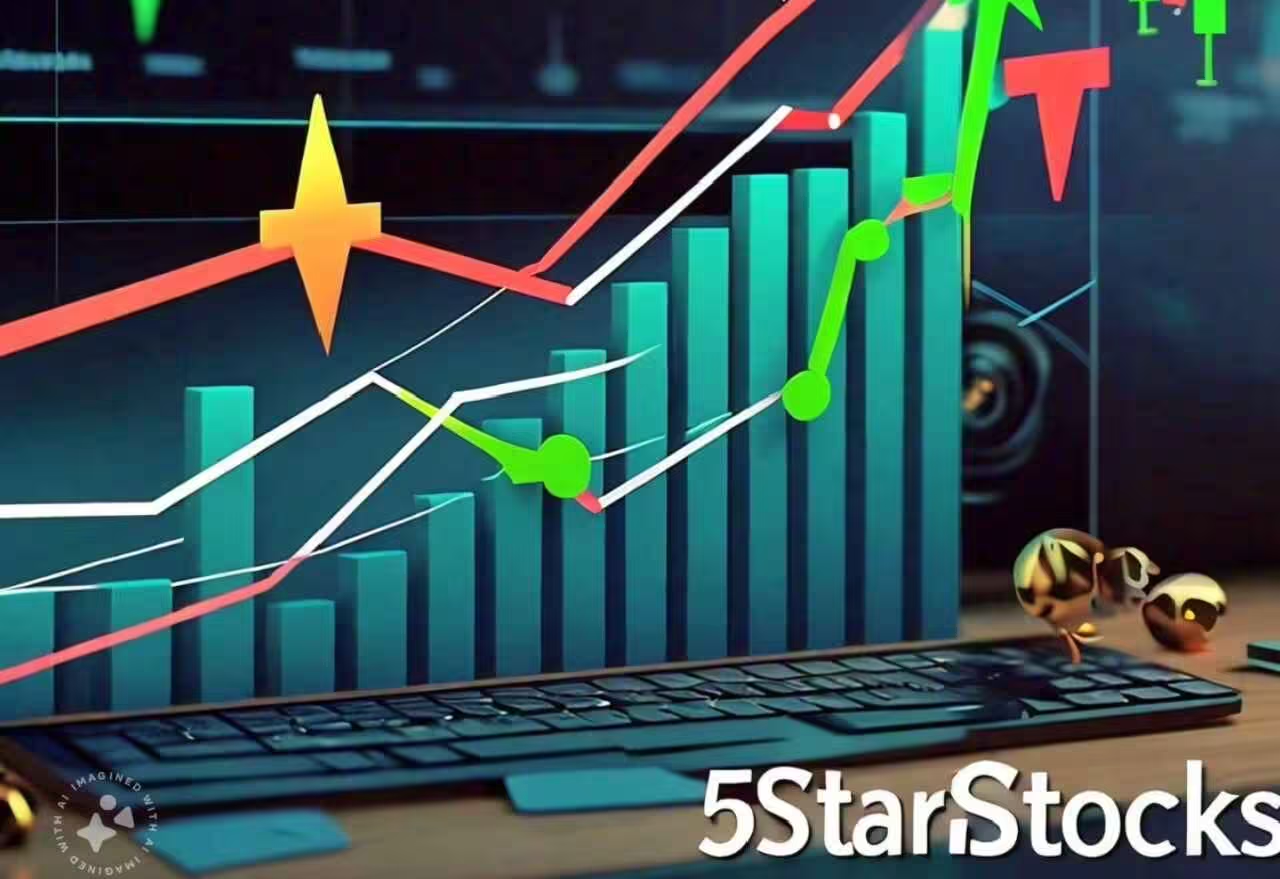As Trust in Online Media Drops Email Newsletters Drive Engagement

In today’s digital landscape, the way people consume media is rapidly changing. With the rise of misinformation and the overwhelming amount of content flooding social media platforms, trust in online media has steadily declined. As a result, businesses and creators are turning to more reliable and intimate communication channels to engage their audience. One of the most effective methods in recent years has been the use of email newsletters. This blog will explore how, as trust in online media drops email newsletters drive engagement and build lasting relationships between businesses and their audiences.
The Decline of Trust in Online Media
Over the past decade, the internet has evolved into a sprawling hub of information, news, and entertainment. With this evolution, however, has come a significant increase in the spread of misinformation, clickbait headlines, and unverified content. These factors have contributed to a growing distrust in online media.
1. Misinformation and Fake News
The spread of misinformation has been a major issue affecting public trust in online media. Social media platforms, in particular, have been criticized for enabling the dissemination of fake news, which often gains more attention than factual reporting. As people become more aware of these issues, they are increasingly skeptical of the content they encounter online.
2. Overwhelming Amount of Content
Another contributing factor to the decline in trust is the sheer volume of content that users are exposed to on a daily basis. From blogs to social media posts, videos, and advertisements, the constant stream of information can be overwhelming. This information overload makes it difficult for users to discern trustworthy sources from less credible ones.
3. Algorithms and Echo Chambers
Social media algorithms play a significant role in what content users are exposed to. These algorithms often prioritize content that aligns with users’ existing beliefs, leading to the creation of echo chambers. While this can increase engagement, it also narrows the range of information people see, further eroding trust in the broader online media landscape.
The Role of Email Newsletters in Driving Engagement
As trust in online media drops, businesses and creators have turned to email newsletters as a reliable way to connect with their audiences. Unlike social media, email provides a direct and personal channel of communication, allowing brands to bypass algorithms and speak to their subscribers in a more intimate and controlled manner.
1. Building a Direct Connection
Email newsletters allow businesses to establish a direct line of communication with their audience. Unlike social media platforms where content is filtered through algorithms, email newsletters land directly in the subscriber’s inbox. This direct connection ensures that the message is received and gives businesses more control over how their content is presented.
2. Fostering Trust and Credibility
Email newsletters can help foster trust and credibility by delivering high-quality, personalized content. When subscribers willingly sign up for a newsletter, they are expressing an interest in the brand or topic. This level of permission-based marketing allows businesses to nurture a relationship with their audience over time. By consistently providing valuable and relevant content, newsletters can build trust, making subscribers more likely to engage with the brand.
3. Control Over Content Distribution
One of the biggest advantages of email newsletters is the control they offer over content distribution. On social media, businesses must compete with the platform’s algorithms and other content for visibility. With email, businesses can ensure that their content reaches the intended audience without interference from third-party platforms. This control over distribution means that newsletters are more likely to reach subscribers consistently, which drives engagement.
4. Personalization and Segmentation
Email newsletters also offer the opportunity for personalization and segmentation. By tailoring content to specific subscriber groups, businesses can create a more personalized experience that resonates with the reader’s preferences and interests. This personalization helps build stronger relationships with subscribers, as they feel that the content is specifically catered to their needs.
5. Higher Engagement Rates
Email newsletters consistently demonstrate higher engagement rates than social media posts. This is partly because email is a more intentional platform—subscribers have actively chosen to receive content, unlike the passive consumption often seen on social media. Furthermore, email campaigns allow for a variety of interactive elements, such as clickable links, videos, and surveys, all of which can drive engagement and foster deeper connections with the audience.
The Evolution of Email Newsletters
Email newsletters have come a long way from being simple promotional tools. They have evolved into dynamic communication vehicles that not only inform but also entertain and engage audiences. Today’s newsletters often blend storytelling, visuals, and interactive elements to create a more compelling and engaging experience for readers.
1. Storytelling Through Newsletters
One of the most powerful elements of email newsletters is the ability to tell a story. Storytelling allows businesses to connect with their audience on an emotional level, creating a deeper sense of engagement. By using storytelling in their newsletters, businesses can guide subscribers through a journey, whether it’s sharing the brand’s origins, customer testimonials, or upcoming projects. This narrative-driven approach helps to humanize the brand and foster stronger emotional connections.
2. Incorporating Visuals and Interactivity
Modern email newsletters have embraced visuals and interactive content to capture the reader’s attention. From GIFs to embedded videos, interactive polls, and quizzes, newsletters today are much more than just walls of text. By incorporating these elements, businesses can make their emails more engaging and increase the chances of subscribers interacting with the content.
3. The Rise of Niche Newsletters
As trust in mainstream media decreases, more people are turning to niche newsletters to get their information. These newsletters, often curated by experts in specific fields, offer in-depth analysis and insights that are hard to find in broader media outlets. Subscribers are more likely to trust these niche publications because they come from trusted sources within their communities.
4. Email as a Platform for Thought Leadership
For professionals and businesses looking to establish themselves as thought leaders in their industry, email newsletters offer an excellent platform. By consistently providing valuable, insightful, and actionable content, brands can position themselves as experts in their field. This not only builds trust but also encourages subscribers to engage with the brand’s other offerings, such as webinars, articles, or services.
How Email Newsletters Drive Engagement in the Age of Distrust
In an era where trust in online media is rapidly eroding, email newsletters drive engagement by offering a more personalized, direct, and reliable form of communication. Let’s break down how email newsletters stand out as a tool for driving engagement, even as trust in other forms of media declines.
1. Subscriber Loyalty
Email newsletters typically attract a more loyal and engaged audience than other online media forms. Subscribers have made a conscious choice to receive communications from a specific brand or individual. This voluntary opt-in creates a sense of ownership and loyalty among subscribers, leading to higher open rates and more meaningful interactions.
2. Delivering Consistent Value
The key to retaining subscribers and driving engagement through email newsletters is consistently delivering value. Whether it’s industry insights, exclusive content, discounts, or tips and tricks, businesses need to provide content that addresses the needs and interests of their subscribers. Consistent value encourages subscribers to open emails regularly, increasing engagement over time.
3. Encouraging Two-Way Communication
Unlike most forms of online media, email newsletters can foster two-way communication between the sender and the audience. Many newsletters encourage subscribers to respond directly to emails, whether by offering feedback, sharing their thoughts, or asking questions. This interaction helps to build a sense of community and fosters engagement on a more personal level.
4. Reducing Noise and Distraction
In the noisy world of social media, it can be challenging for businesses to stand out and capture their audience’s attention. Email newsletters, on the other hand, offer a much more focused and distraction-free environment. When subscribers open their email, they are typically more engaged and receptive to the content compared to when they are passively scrolling through social media.
5. Measuring Engagement Effectively
One of the biggest advantages of email marketing is the ability to track and measure engagement effectively. Open rates, click-through rates, and conversion rates provide clear insights into how subscribers are interacting with the content. This data can be used to refine future campaigns, ensuring that newsletters continue to drive engagement.
Case Studies: Successful Brands Using Email Newsletters to Drive Engagement
Several brands have mastered the art of using email newsletters to engage their audience. Let’s take a look at a few examples of businesses that have leveraged the power of newsletters to drive engagement.
1. The Skimm
The Skimm is a media company that gained immense popularity by sending daily email newsletters summarizing the top news stories. They target millennials and use a conversational tone, making the news more accessible and engaging. With a large and loyal subscriber base, The Skimm demonstrates how newsletters can build trust and engagement in a cluttered online media space.
2. Morning Brew
Morning Brew is a daily business newsletter that delivers financial news in a digestible and entertaining format. By offering concise, well-written summaries of key financial stories, Morning Brew has built a highly engaged audience. The newsletter’s ability to combine education with entertainment has driven significant engagement, with open rates consistently above industry averages.
3. Hustle
The Hustle delivers a daily email with business news and trends in an engaging, witty format. Its success is driven by its ability to simplify complex information and deliver it in an engaging, narrative style. The Hustle’s email newsletters have helped the brand grow a loyal community that looks forward to receiving content daily.
Best Practices for Creating Engaging Email Newsletters
To ensure that your email newsletters drive engagement, it’s important to follow best practices in content creation, design, and strategy. Here are a few tips to help businesses create newsletters that capture attention and foster engagement:






One Comment